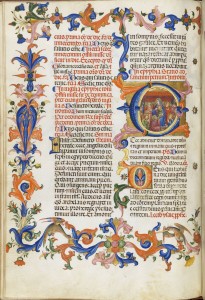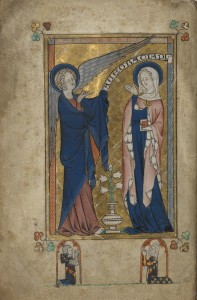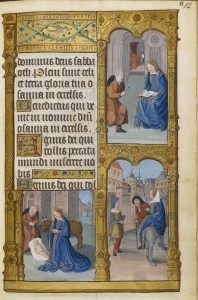A yellow sulphide of arsenic
(As2S3)
Orpiment is one of the most common yellow pigments used by illuminators, despite its extreme toxicity and reactivity. Like most other sulphides, orpiment is highly reactive and historic treatises warn against using it on parchment or in proximity to copper- and lead-containing pigments.
An arsenic sulphide glass, sometimes called 'artificial orpiment', has also been recently recognised on a small number of painted objects, including two illuminated manuscripts painted c. 1500 as well as paintings and scupltures dating from the sixteenth through the early twentieth century.
Arsenic sulphide pigments - orpiment, realgar and pararealgar - cannot be easily distinguished with the analytical methods used for this project, with the exception of Raman spectroscopy. Therefore, in cases where Raman spectroscopy was not used to analyse a certain manuscript, the pigment is identified only as an 'arsenic sulphide', with no further specification.





